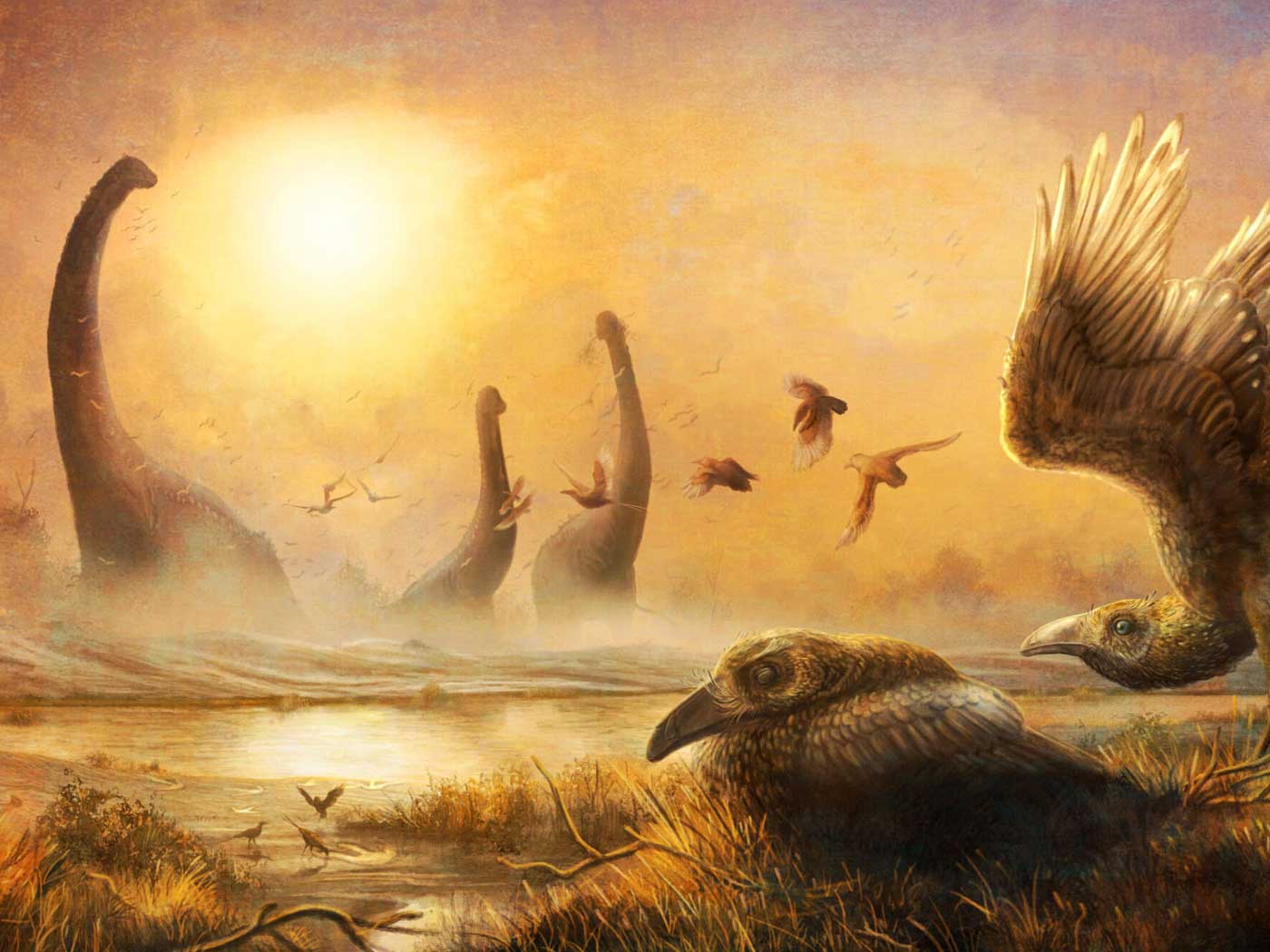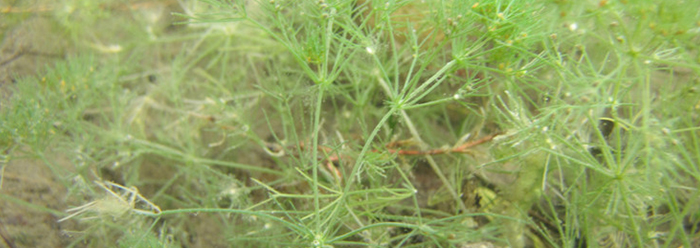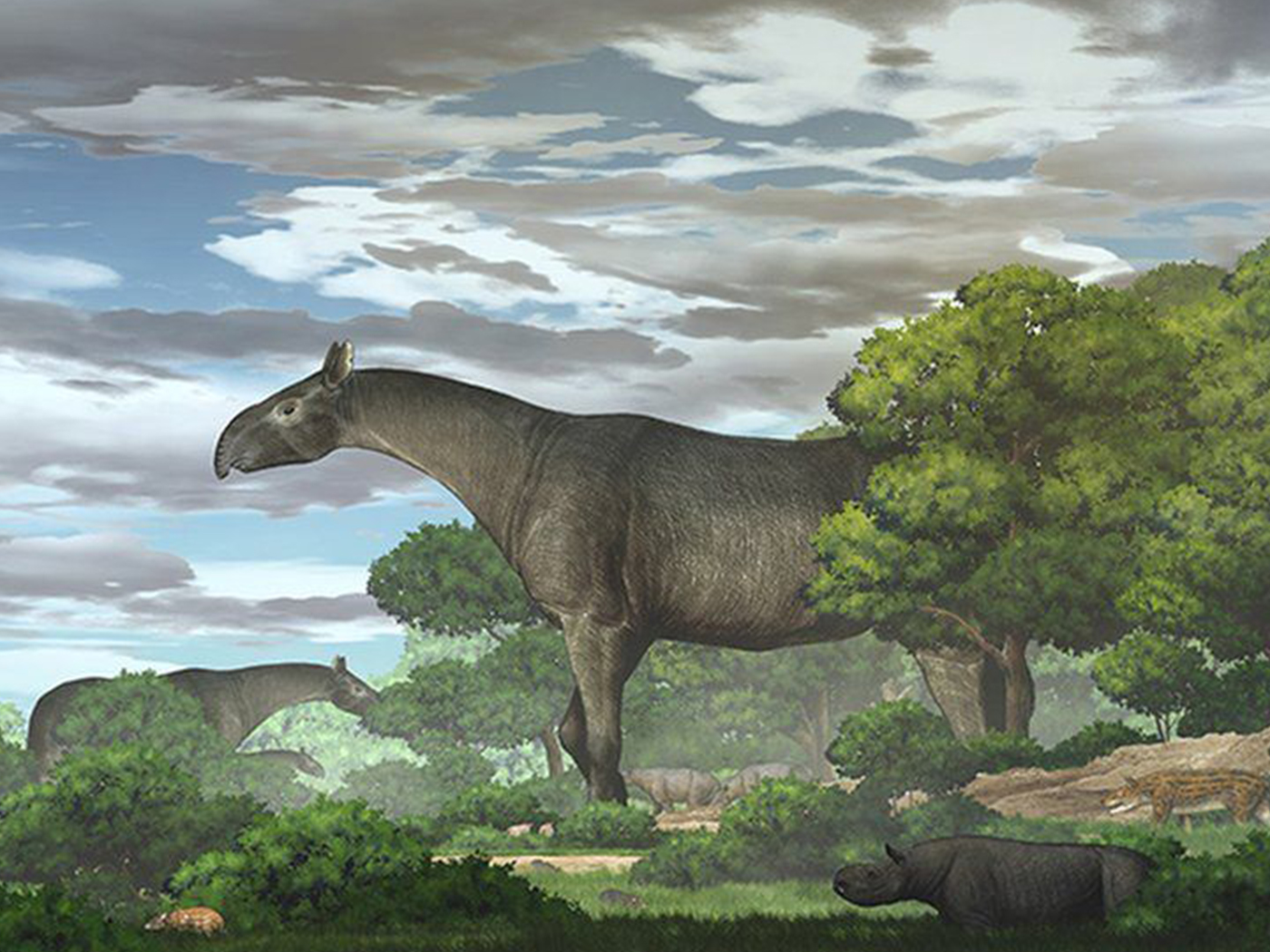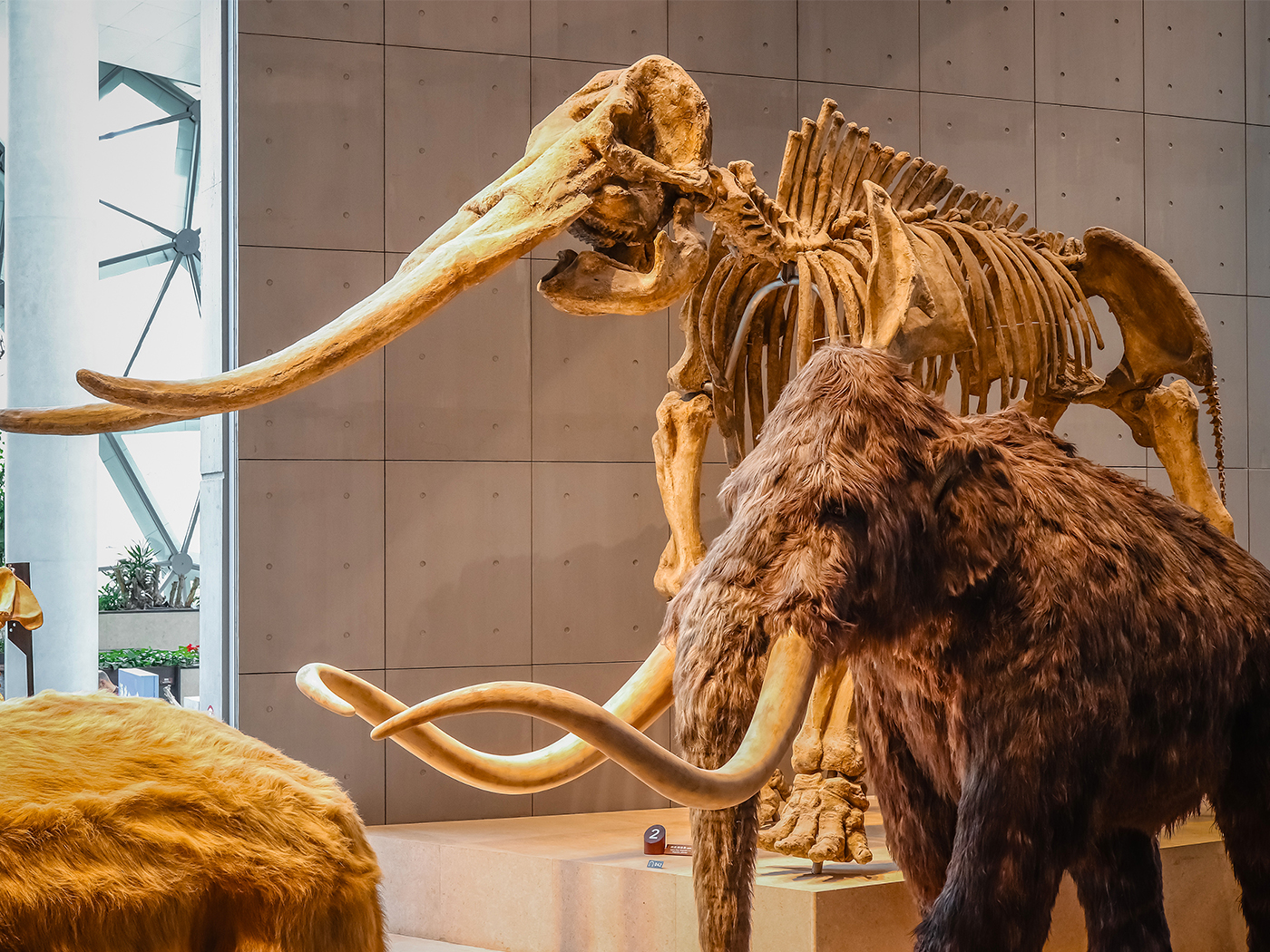Charles Darwin is widely credited with providing the first proper treatment of "natural selection" in his 1859 book On the Origin of Species. He portrayed it as a natural law with intelligent and powerful attributes—nature could select, could preserve the fittest, and, given time and enough accumulated small changes, could transform and create new and different life forms.
But fossils failed to provide the evidence to support this unscientific version of history. If Darwin's theory is correct, there should be untold myriads of different life forms gradually transitioning from one to another. Instead, organisms look distinct, fully formed, and essentially the same wherever they appear, whether in the rock record and or in the living world.
New York University geologist Michael Rampino recently acknowledged that 19th-century horticulturist Patrick Matthew may have published, almost three decades earlier than Darwin, an evolutionary history of life that is closer to what the fossil record actually shows.1
Darwin insisted that evolution transforms species by slow and gradual changes. Matthew, in 1831, described natural selection as driving the transformation of species primarily through catastrophic events that resulted in periodic mass extinctions, thus clearing the way for surrounding creatures to adapt to and populate new ecological environments. According to Rampino's essay published in the journal Historical Biology, Matthew's version fits the fossil record more accurately.
At its core, however, a discussion over which version of evolution by means of natural selection best fits fossils commits the fallacy called "begging the question." That is, the conclusion of evolution by natural selection is assumed in the premise.
Matthew appears to have theorized that evolution of new body forms could occur rapidly as extinction events clear out new habitat space. Since fossilized creatures show the most variations when found in those layers that are above (and thus were deposited after) an apparent extinction event, the evolution of new body forms is therefore assumed to have occurred rapidly following those events.
Whether evolution occurred quickly following catastrophic extinctions or slowly and gradually is an invalid discussion, however, if evolution by natural selection does not occur at all! This third option is often ignored but is nevertheless most consistent with both the fossil and biblical data.
The reason that there is none of the expected abundance of transitional forms is because Darwinian evolution never happened. Life forms were each a product of creation, not evolution. And the reason that there are variations within basic body plans―like rapid adjustments to fin size,2 shell size,3 body size,4 coloration,5 or the number of tusks, horns, or toes,6 for example―is because each creature's basic form was designed to express such variations. Those designs were intended to enable creatures to adapt to new environments as they "multiply, and replenish the earth"7—an especially important ability following a natural disaster.
References
- Darwin's Theory of Gradual Evolution Not Supported by Geological History, NYU Scientist Concludes. New York University press release, November 9, 2010, reporting on results in Rampino, M. R. Darwin's error? Patrick Matthew and the catastrophic nature of the geologic record. Historical Biology. Published online before print November 8, 2010.
- Thomas, B. Shark Study Hammer More Nails in Evolution's Coffin. ICR News. Posted on icr.org June 15, 2010, accessed November 11, 2010.
- Thomas, B. Snail Changes Outpace Evolution's Slow Crawl. ICR News. Posted on icr.org April 14, 2009. Accessed November 11, 2010.
- Thomas, B. Dinosaur Ranks Shrink as Species Numbers Dwindle. ICR News. Posted on icr.org October 13, 2009. Accessed November 11, 2010.
- Thomas, B. Butterfly Mimicry Is Based on Elegant Genetic Switches. ICR News. Posted on icr.org March 18, 2010, accessed November 11, 2010.
- Thomas, B. Elephant Secrets under Middle East Sands. ICR News. Posted on icr.org January 26, 2009. Accessed November 11, 2010.
- Genesis 1:28.
* Mr. Thomas is Science Writer at the Institute for Creation Research.
Article posted on November 17, 2010.

























